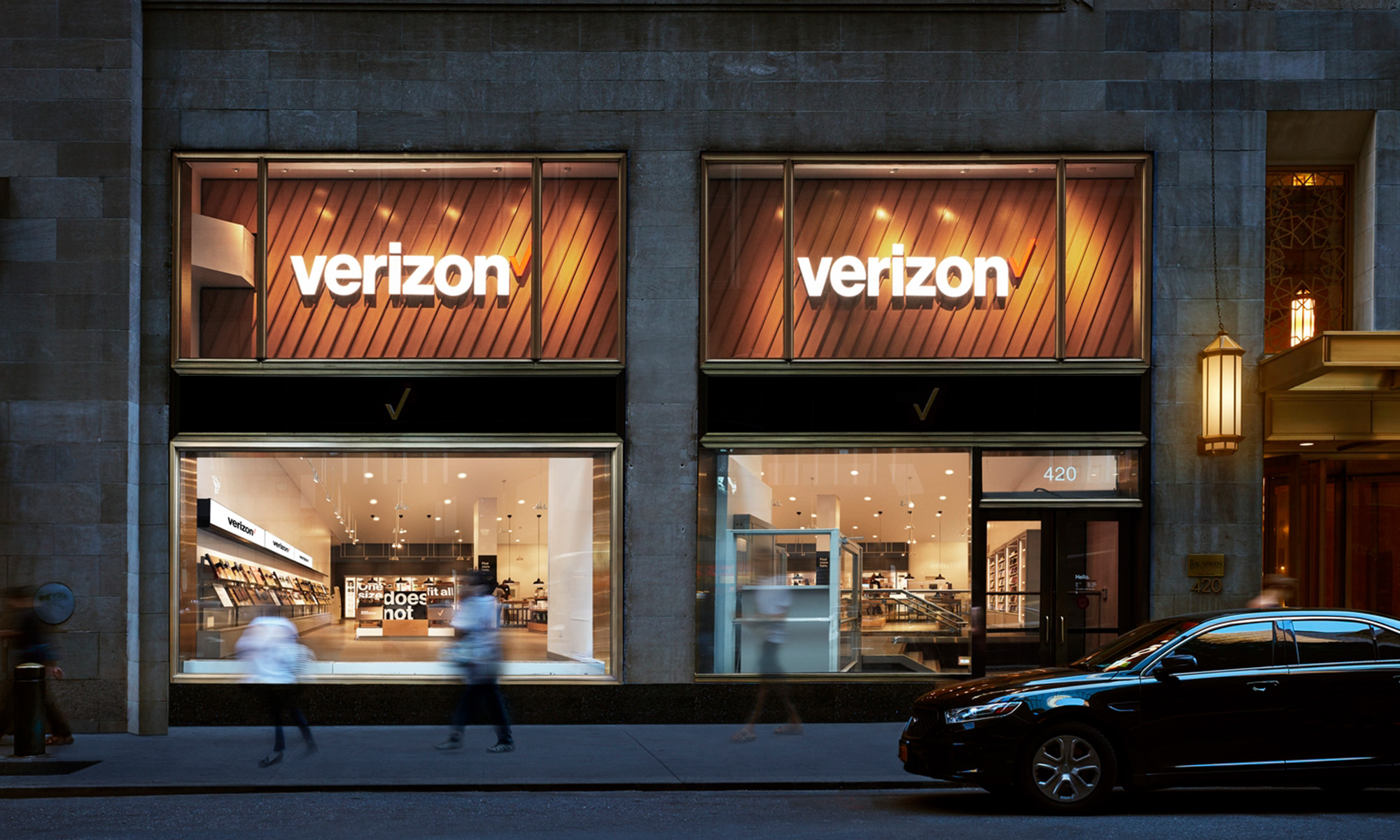Dividend investing is a tried-and-true strategy for generating strong, steady returns in economies both good and bad. But as the slew of dividend cuts and suspensions over the past few years have demonstrated, it's not enough simply to buy a high yield – you also need to make sure those payouts are sustainable.
Let's take a look at how Frontier Communications (NYSE: FTR) stacks up in four critical areas to see if it's a dividend dynamo or a dividend blowup in the making.
1. Yield
First and foremost, dividend investors like a large yield. A yield that's too high, however, frequently signals danger because if suggests investors may have doubts about the payout's sustainability. If investors were confident in the stock, they'd be buyers and the yield would be smaller.
Frontier yields 9.6%, which is high and borderlines danger zone territory, though it's somewhat in line with the industry average of 7.1%.
2. Payout ratio
Perhaps the most important metric for judging dividend sustainability, the payout compares how much money a company pays out in dividends to how much money it generates. A ratio that's too high, say, above 80% of earnings, indicates the company may be stretching to make payouts it can't afford.
Frontier's payout ratio is 233%, which means the company pays out more than $2 in dividends for every $1 of earnings! But this ignores Frontier's huge deferred tax benefit and the fact that depreciation and amortization exceed capital expenditures -- the company's actual free cash flow payout ratio is a much more manageable 73%. Dividend investors should ensure that benefit and Frontier’s cash-generating ability are sustainable.
3. Balance sheet
You also want dividend payers with the financial fortitude to fund growth and respond to whatever the economy and competitors throw at them. The interest coverage ratio indicates whether a company is having trouble meeting its interest payments (below 5 times is a warning sign), while the debt-to-equity ratio is a good measure of its total debt burden.
Let's take a look at how Frontier stacks up next to its peers:
|
Company |
Interest Coverage Ratio |
Debt-to-Equity Ratio |
|---|---|---|
|
Frontier Communications |
1.8 |
1,850% |
|
AT&T (NYSE: T) |
7.0 |
68% |
|
Verizon (NYSE: VZ) |
6.8 |
146% |
|
CenturyLink (NYSE: CTL) |
4.2 |
80% |
|
Average Diversified Telco |
2.1 |
146% |
Data from Capital IQ, a division of Standard & Poor's. Averages are the median of medium- and large-cap U.S. industry components.
Frontier has an enormous debt load relative to its industry peers, which is a major worry sign in competitive industries. And that burden is about to increase substantially once Frontier borrows another $3.5 billion to acquire some of Verizon's rural lines. On a more positive note, earnings and free cash flow should increase as well, which the company expects to improve its interest coverage ratio somewhat.
4. Growth
A large dividend is nice; a large growing dividend is even better. To support a growing dividend, we also want to see earnings growth. Frontier has paid the same dividend ($1 per share) since 2004, while its earnings have grown an average of 8% per year. That payout is now being reduced to $0.75 to save cash for investing in broadband and Frontier’s acquisition.
The Foolish bottom line
At first glance, Frontier exhibits several dividend warnings signs: a fairly high yield, a high payout ratio, a large debt burden, and no dividend growth. The saving grace is the company’s prodigious free cash flow. If I were considering investing in Frontier for its dividend, I'd want to make sure that Frontier could hang its hat on its deferred tax benefits for many years, and I'd certainly want to feel comfortable with the stability of its earnings and cash-generating ability in the face of a considerable debt burden.
Ilan Moscovitz doesn't own shares of any company mentioned. The Motley Fool has a disclosure policy.







